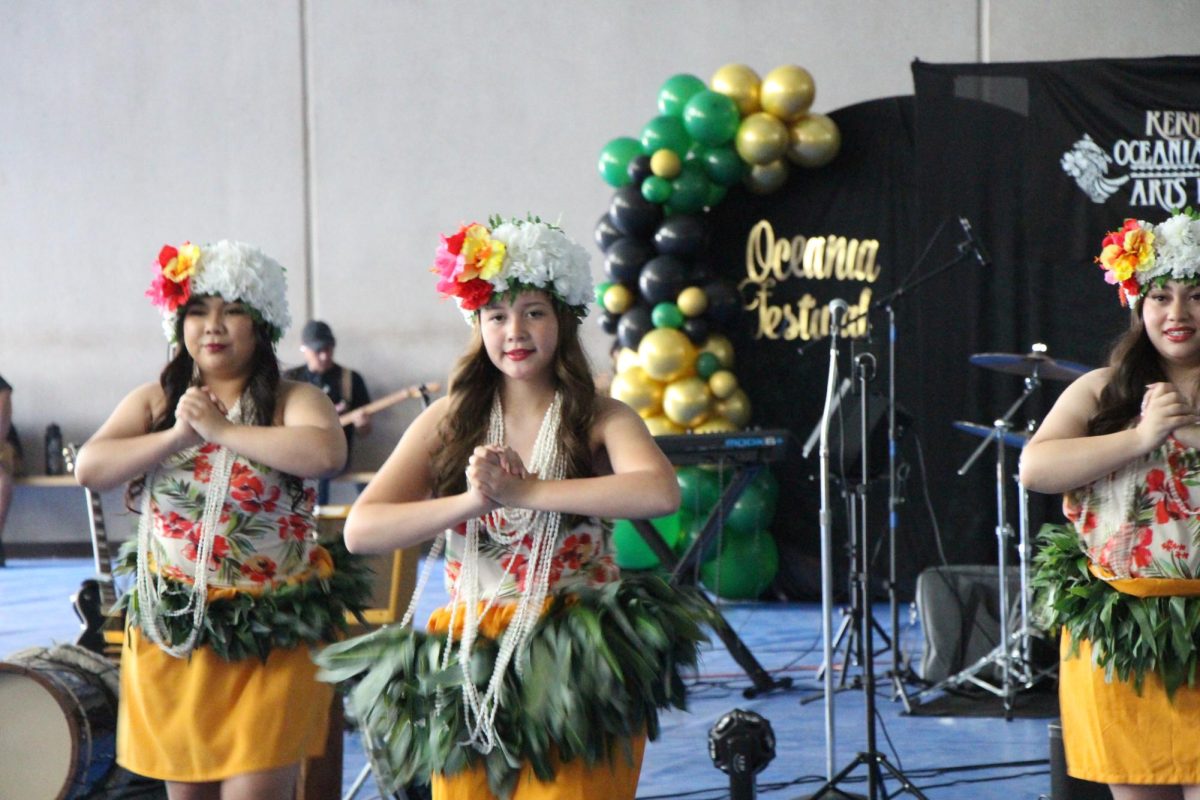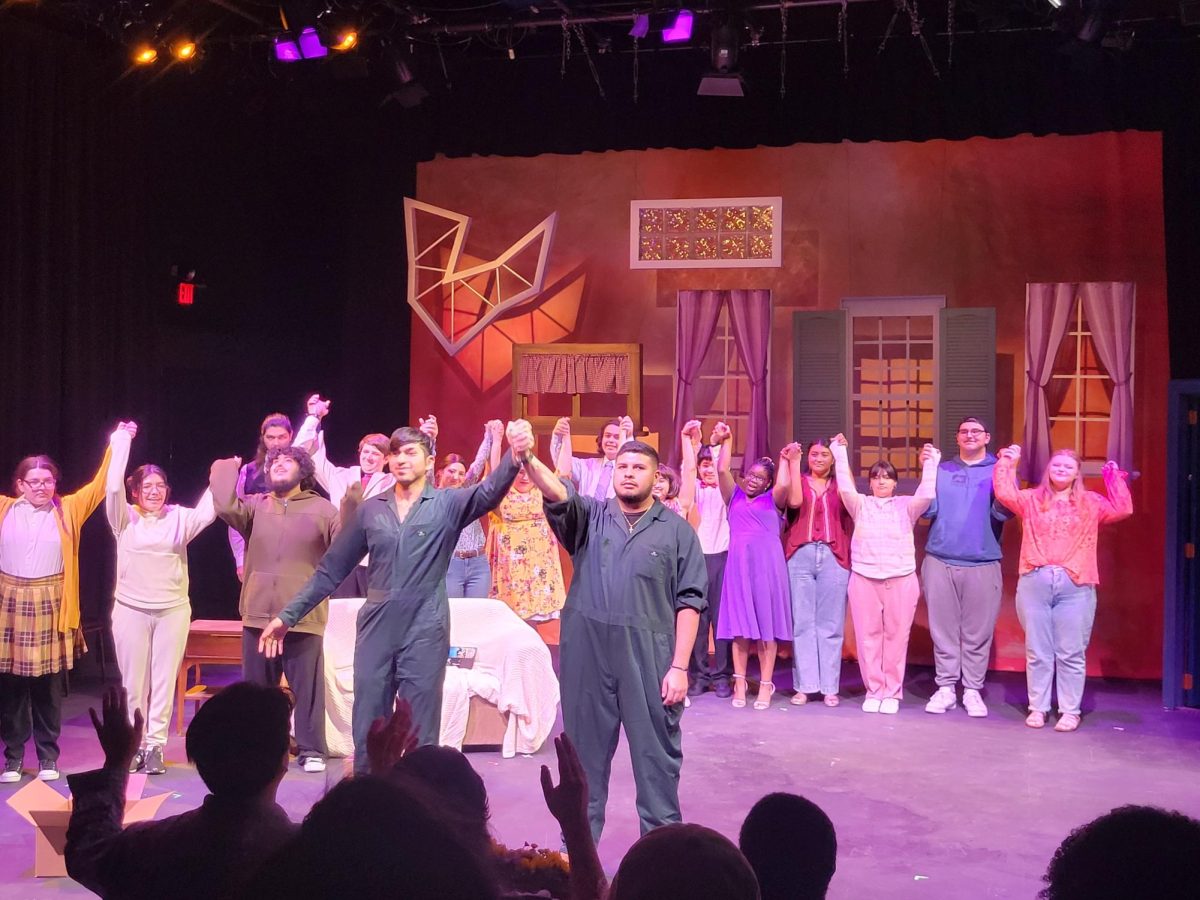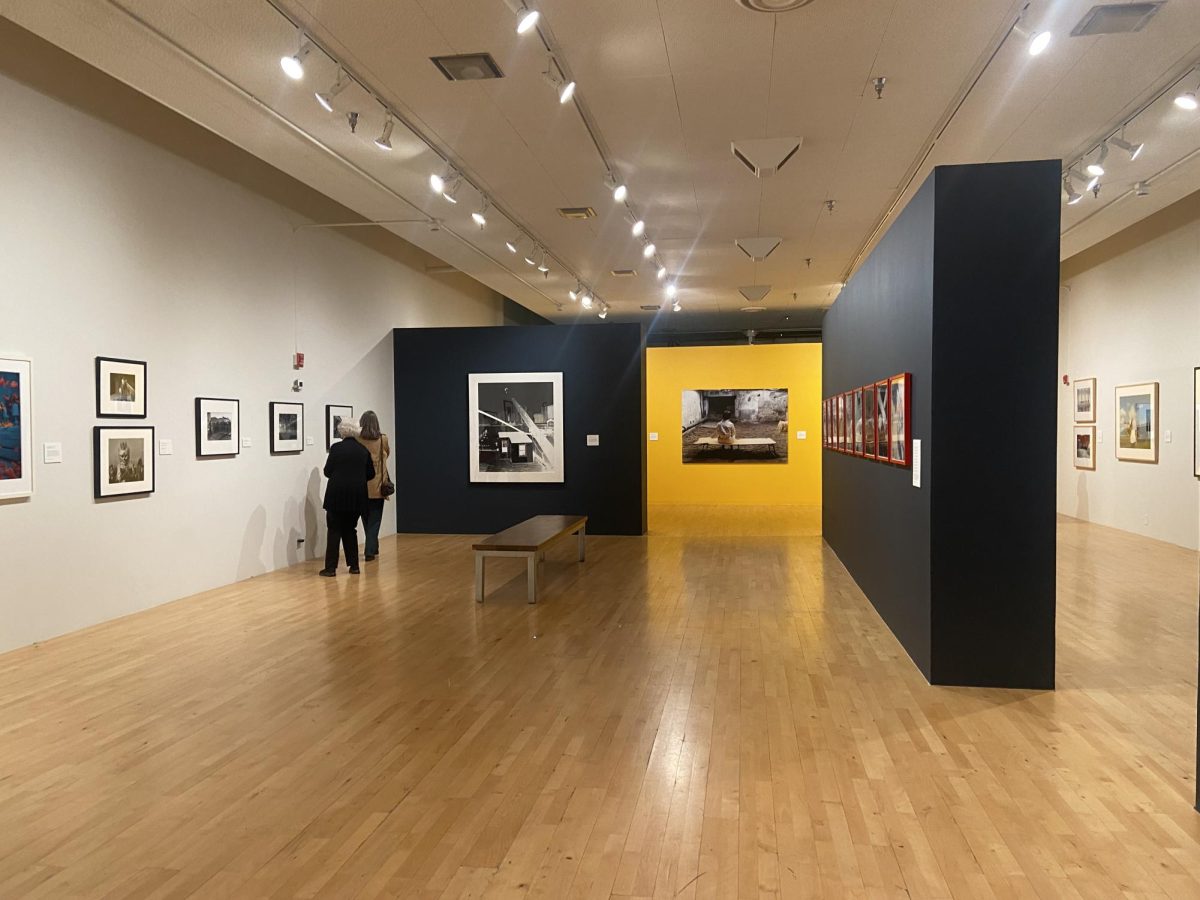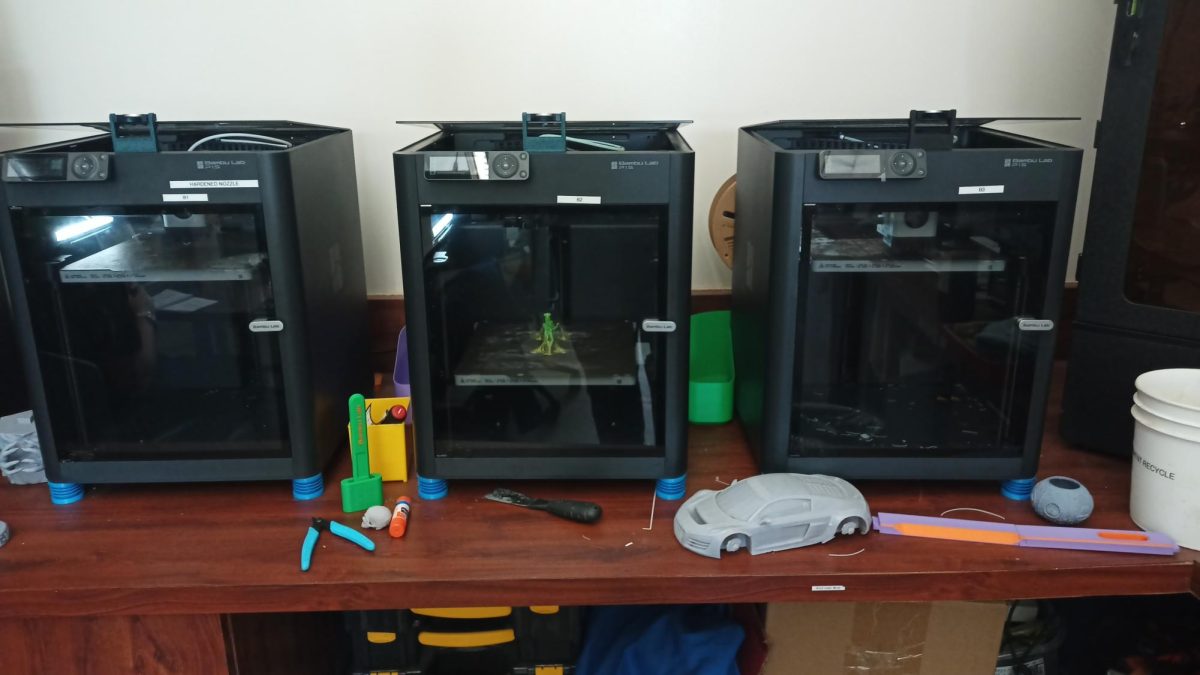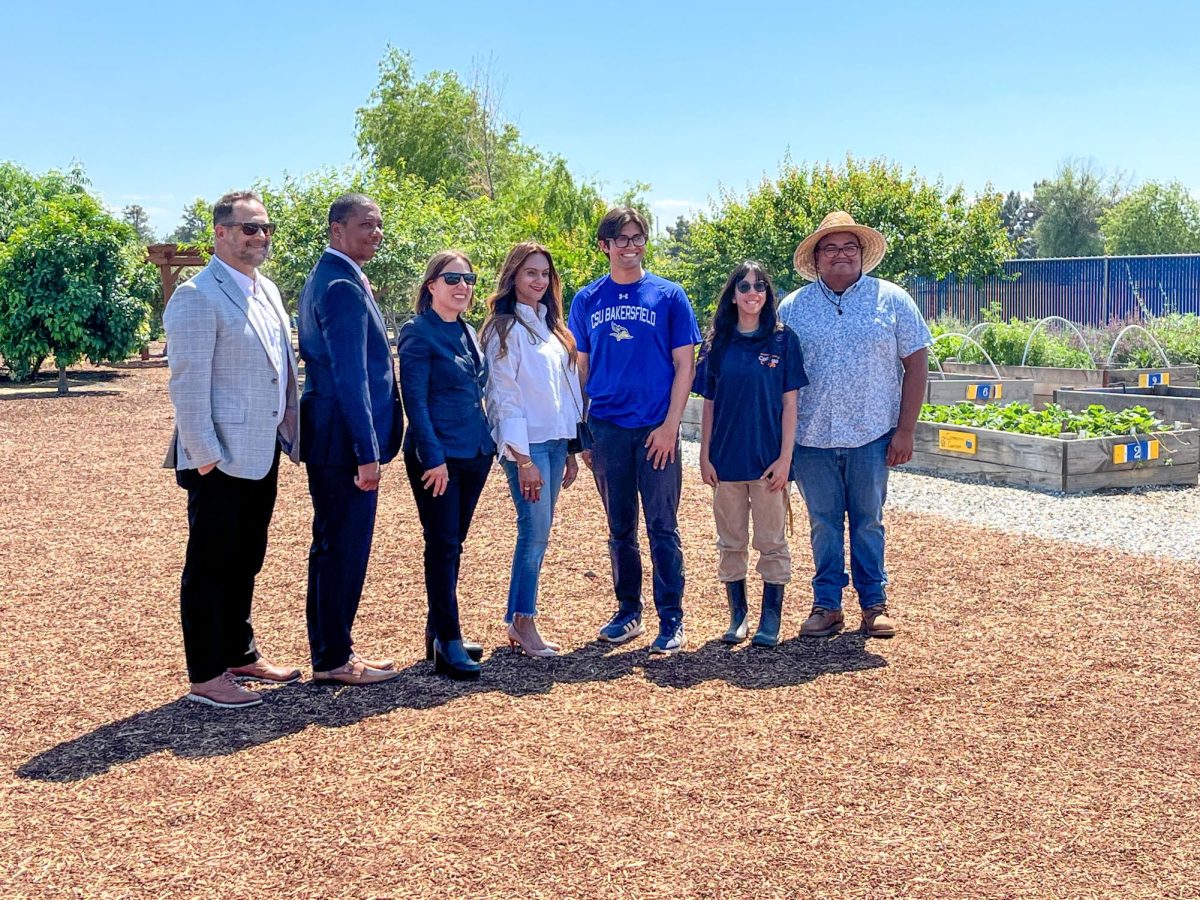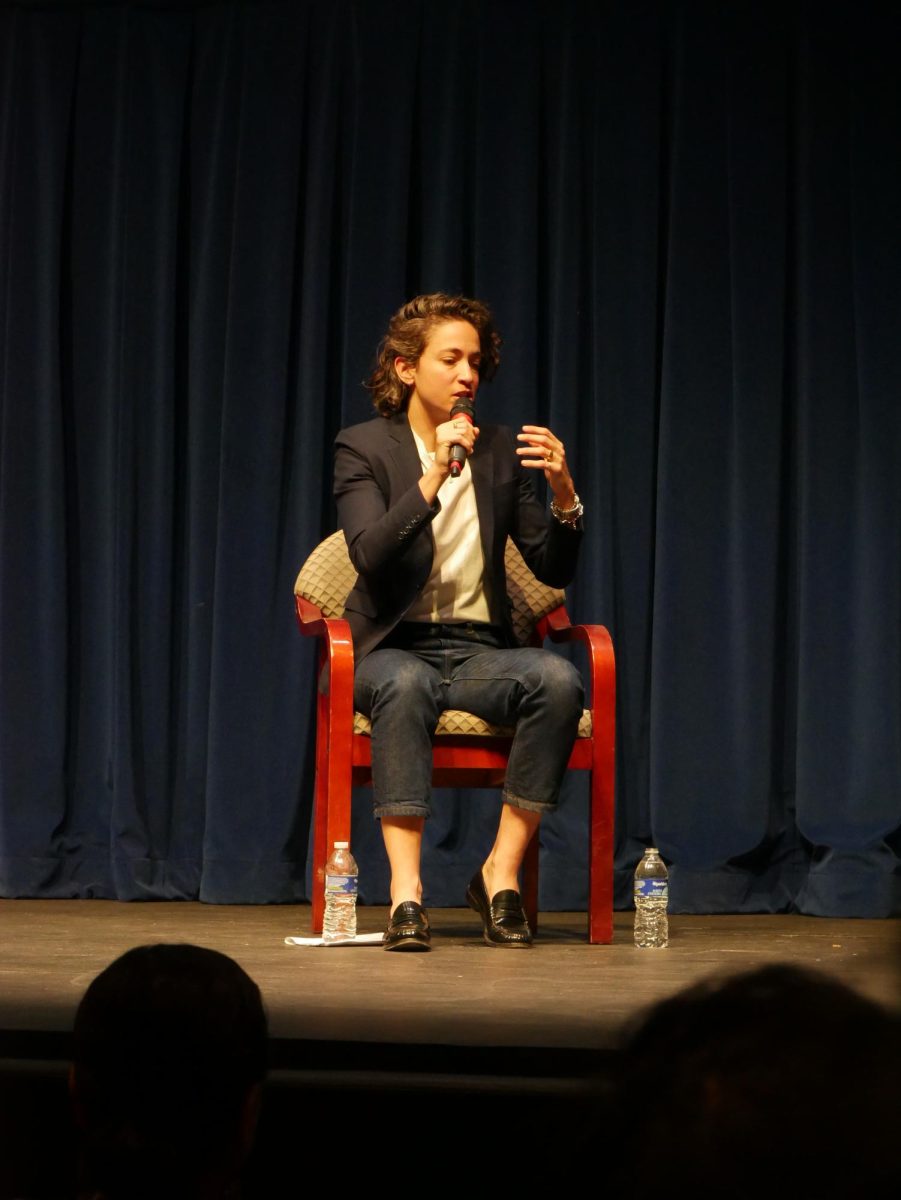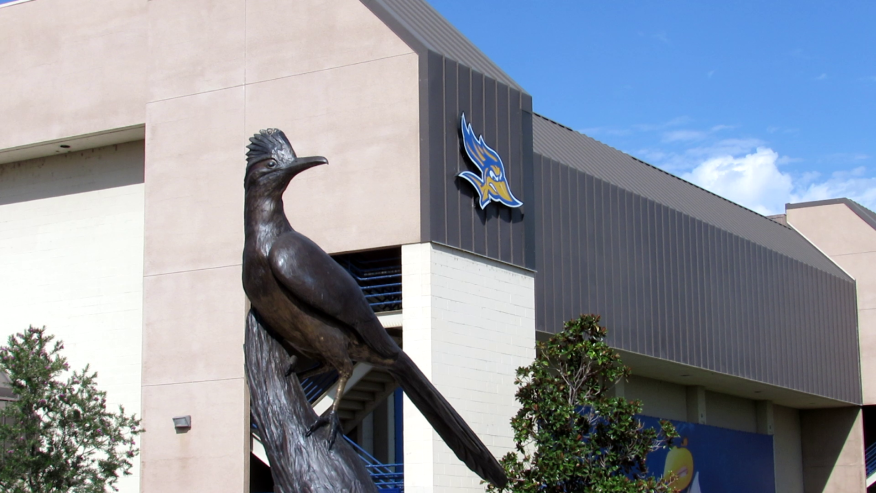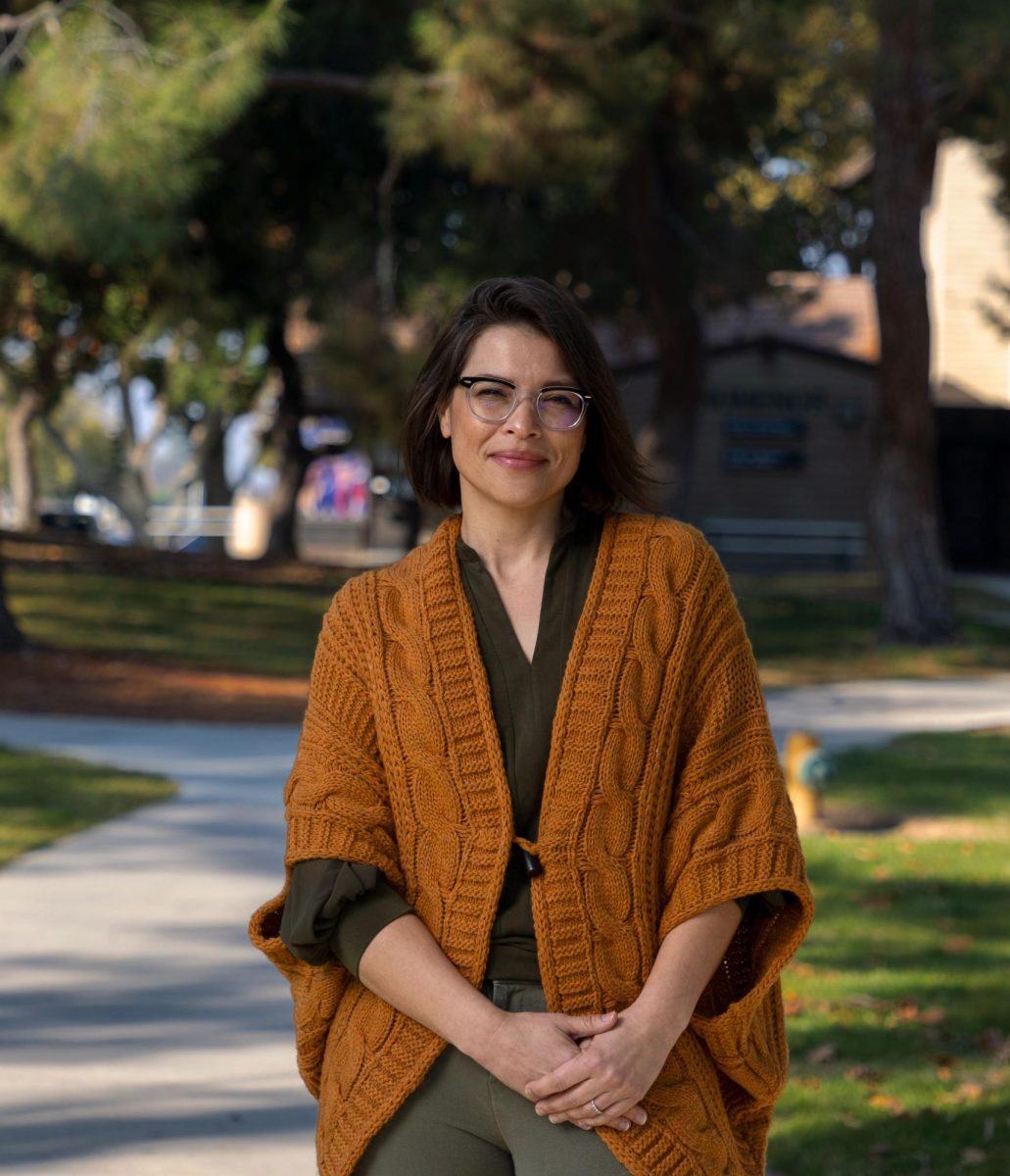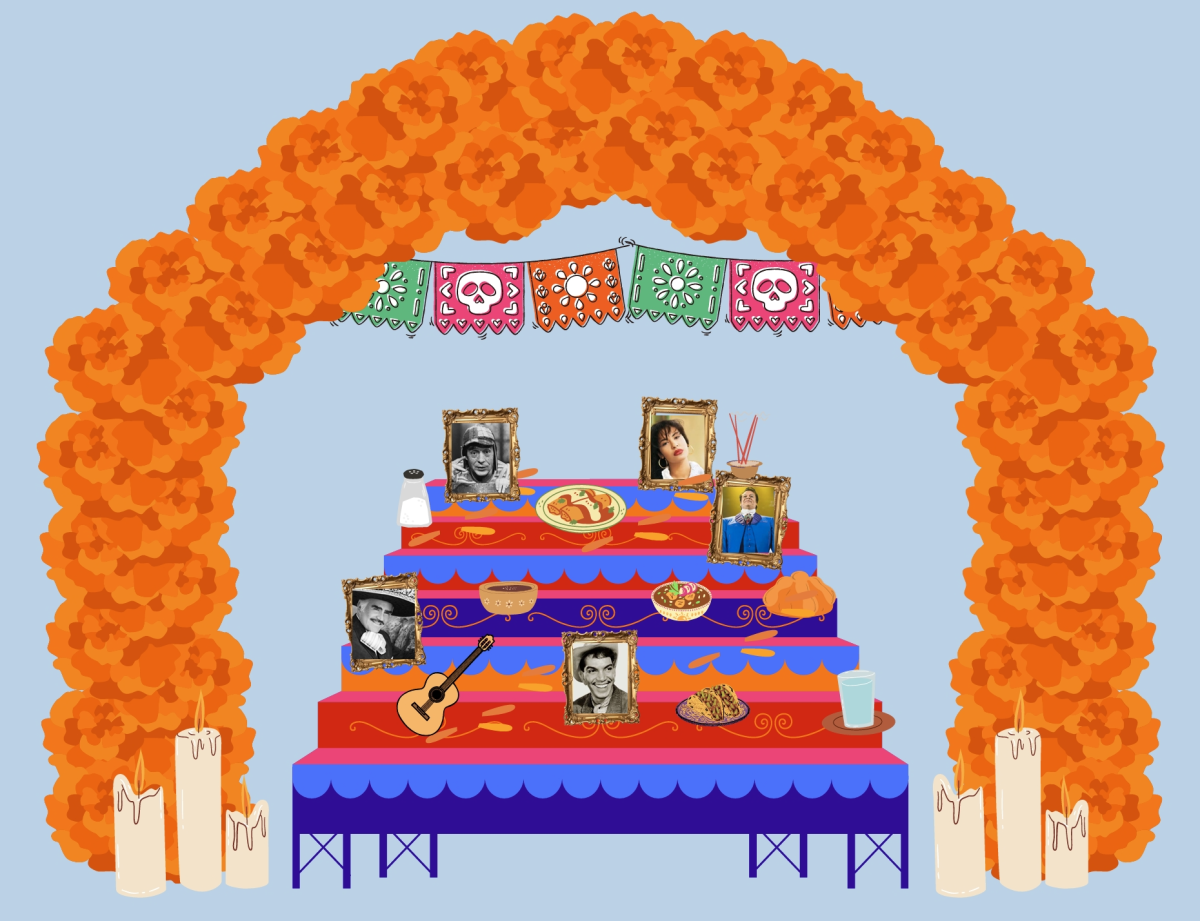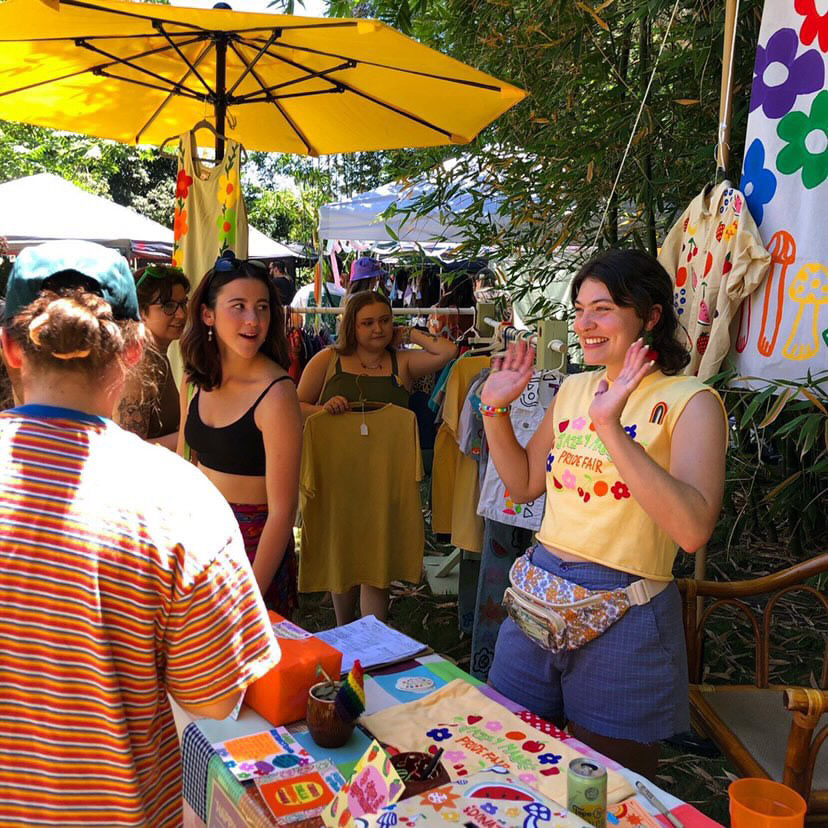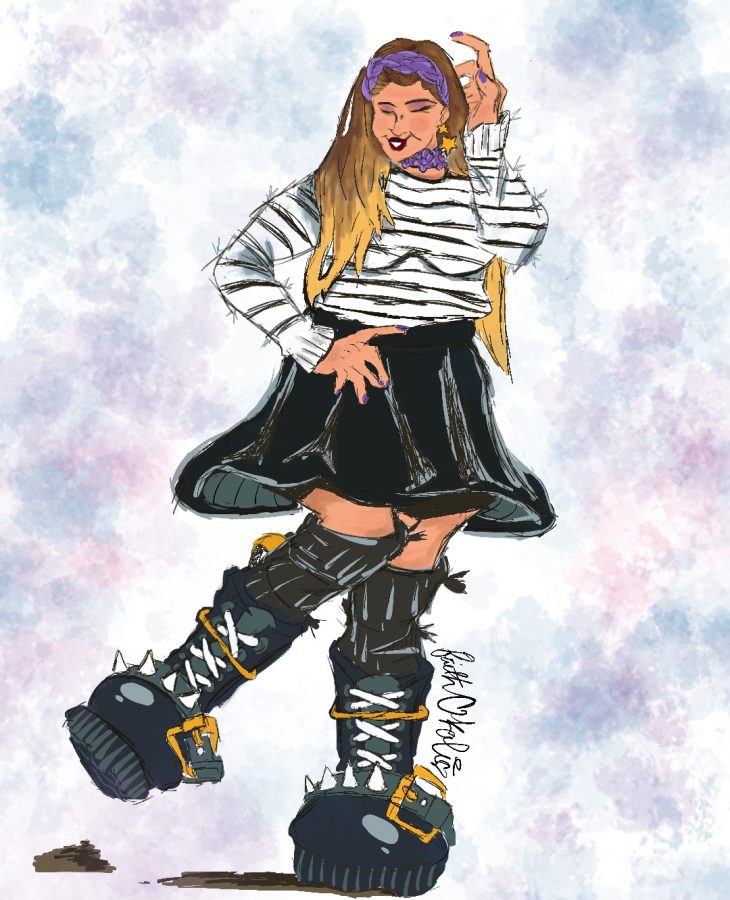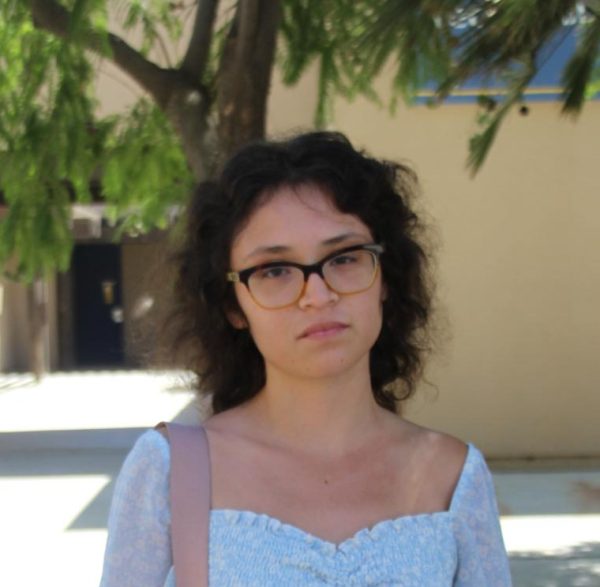From soul-stirring songs in Spanish to the intricate rhythms of Indian classical dance, this year’s California State Bakersfield talent show spotlighted cultural expression — but not all acts were honored equally. The best performance of the night didn’t even get third place. Held on Oct. 5 at the student union patio, CSUB’s talent show brought together a wide spectrum of student talent with performances that celebrated its creativity and culture.
While all of the students that participated in the showcase did an outstanding job, the ones who performed with cultural talent entranced me the most. Specifically the seventh act which was nothing short of mesmerizing. Ciya Liz Manoj performed a traditional Indian Kathak/Bollywood fusion dance with breathtaking precision and passion. She appeared to glow under the cool blue stage lights in her vibrant yellow dress, each move making her radiant even more. With her first spin, the stage seemed to come alive; her movements were deliberate and fluid — wrists slicing through the air with elegance and control. Every stamp of her foot landed in perfect sync with the booming rhythm.
Each turn was faster than the last, her dress swirling like a golden flame as she spun across the stage, yet never once losing balance or grace. The audience themselves were staring in awe as gasps could audibly be heard through the crowd. Her performance was a breath of fresh air from the other performances.
And yet, when the winners were announced, her name was never called. Not even for third place as if the performance that had just transported the entire audience into another world had somehow gone unseen.
This moment made me reflect: Why are cultural performances that are so rich in history, discipline, and emotional power so often overlooked in spaces meant to celebrate talent? At events like university talent shows, where Western art forms like pop songs or freestyle dancing dominate the spotlight, traditional and cultural expressions frequently go underappreciated.
Maritza Pelayo Velasco and Daniela Cardona Lopez both sang beautifully in Spanish, embracing their latinx heritage and rightly earned their spot among the winners. Yet they still didn’t get first place. This isn’t to say Miguel Melendrez, who won first place, didn’t deserve it, he gave a captivating and beautiful performance on saxophone which made me quite emotional. That’s not to say other acts weren’t deserving but when it comes to performances deeply rooted in traditions that aren’t widely familiar, like Indian classical dance, the crowd might cheer — yet the deeper cultural weight can be lost. If we don’t take the time to fully understand it, can we really judge it fairly?
When asked if there was a specific message or emotion she wanted the crowd to take away from her performance, third-place winner Maritza Pelayo Velasco wrote, “The principal message was that even though we’re at an English-speaking country and I thought that many people couldn’t understand me, I also knew that the majority would, since the population of students at CSUB is mostly Hispanic or Latinos. Therefore they can feel proud of their language and culture the same way I do.”
People naturally connect more with art that feels familiar to them. When a performance comes from a culture you don’t know much about, it’s easy to miss the skill and emotion behind it. That means in talent shows, those acts might get a polite clap, but not the recognition they truly deserve. And that’s a problem. Because talent isn’t just about what feels familiar or comfortable it’s about recognizing hard work and meaning, even when it’s wrapped in a culture different from our own. If we want true diversity and inclusion, we’ve got to do better than just applauding from the sidelines.
Appreciating cultural performances also means valuing representation. When performers share their cultural heritage on stage, they open a window into their identity and community. Recognition in such spaces is powerful, it affirms that their cultural history matters and belongs in broader conversations. For students and young people, seeing cultural art forms celebrated encourages pride and strengthens cultural continuity, which is especially important in multicultural societies.
Moreover, cultural performances foster empathy by bridging gaps between different backgrounds. Experiencing the rhythm of a traditional drum, the narrative of a folk dance, or the emotion of a song in another language invites audiences to feel something beyond words. This emotional connection can break down prejudice and promote social harmony. In today’s polarized world, these shared cultural moments are more important than ever.
That’s why I feel we shouldn’t just applaud these performances but see them for their connection with the individual’s heritage and their own identity. Cultural performances are essential threads in the fabric of modern society. They preserve history, celebrate identity, foster empathy, and enrich communities. By opening our minds and hearts to these art forms, we don’t just enjoy beautiful performances, we participate in a shared human experience that honors the depth and diversity of our world. And that’s something worth celebrating every time a performer steps on stage.



